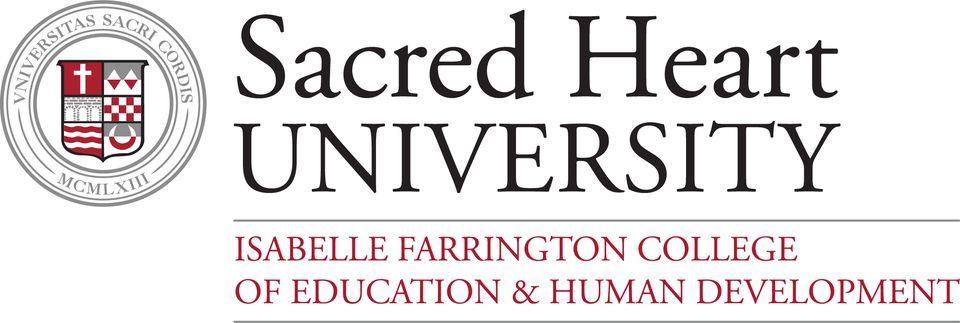Document Type
Article
Publication Date
2011
Abstract
The history of online learning at the K-12 level is almost as long as its history at the post-secondary level, with the first virtual school programs beginning in the early 1990s. While these opportunities were designed as a way to provide rural students with access to more specialized courses, as opportunities have become organized into virtual or cyber schools the nature of students served by these institutions have broadened. Unlike online learning in general, much less is known about virtual schooling – even less of which is based on systematic research. Regardless, the growth and practice of virtual schooling has far out-paced the production of reliable and valid research. This paper will focus upon describing the evolution of K-12 online learning in Canada and the United States, how that evolution has impacted rural schools, and what lessons can be learned from the experiences with K-12 online learning in these two countries.
Recommended Citation
Barbour, Michael, "The Promise and the Reality: Exploring Virtual Schooling in Rural Jurisdictions" (2011). Education Faculty Publications. 128.
https://digitalcommons.sacredheart.edu/ced_fac/128
Included in
Educational Assessment, Evaluation, and Research Commons, Educational Methods Commons, Elementary and Middle and Secondary Education Administration Commons



Comments
Keynote Paper from the 2010 Annual SPERA Conference, University of the Sunshine Coast, Queensland
Published: Barbour, Michael K. "The Promise and the Reality: Exploring Virtual Schooling in Rural Jurisdictions." Education in Rural Australia 21.1 (2011): 1-19.